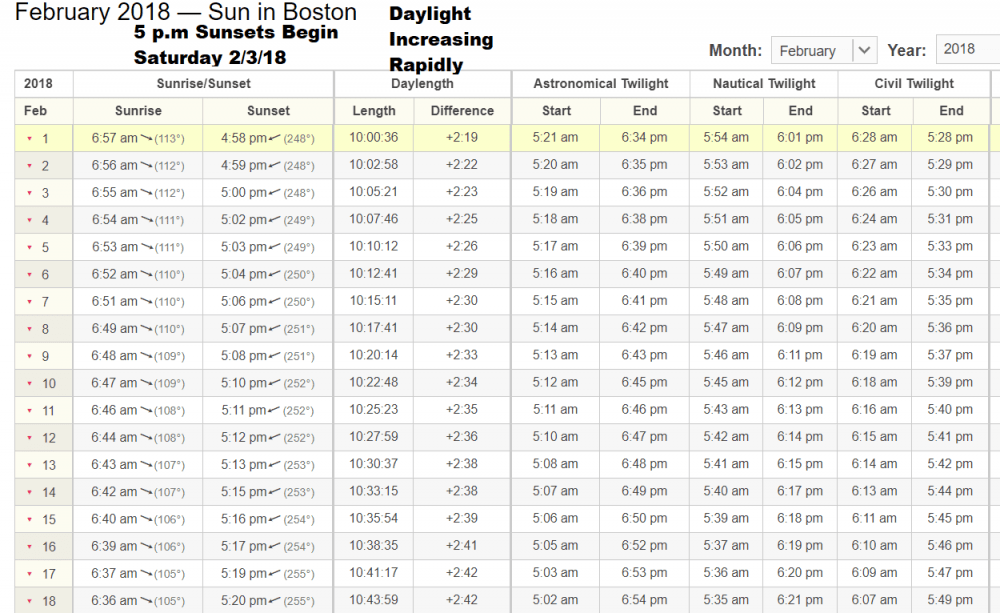Advertisement
What Boston Should Expect For Weather In February
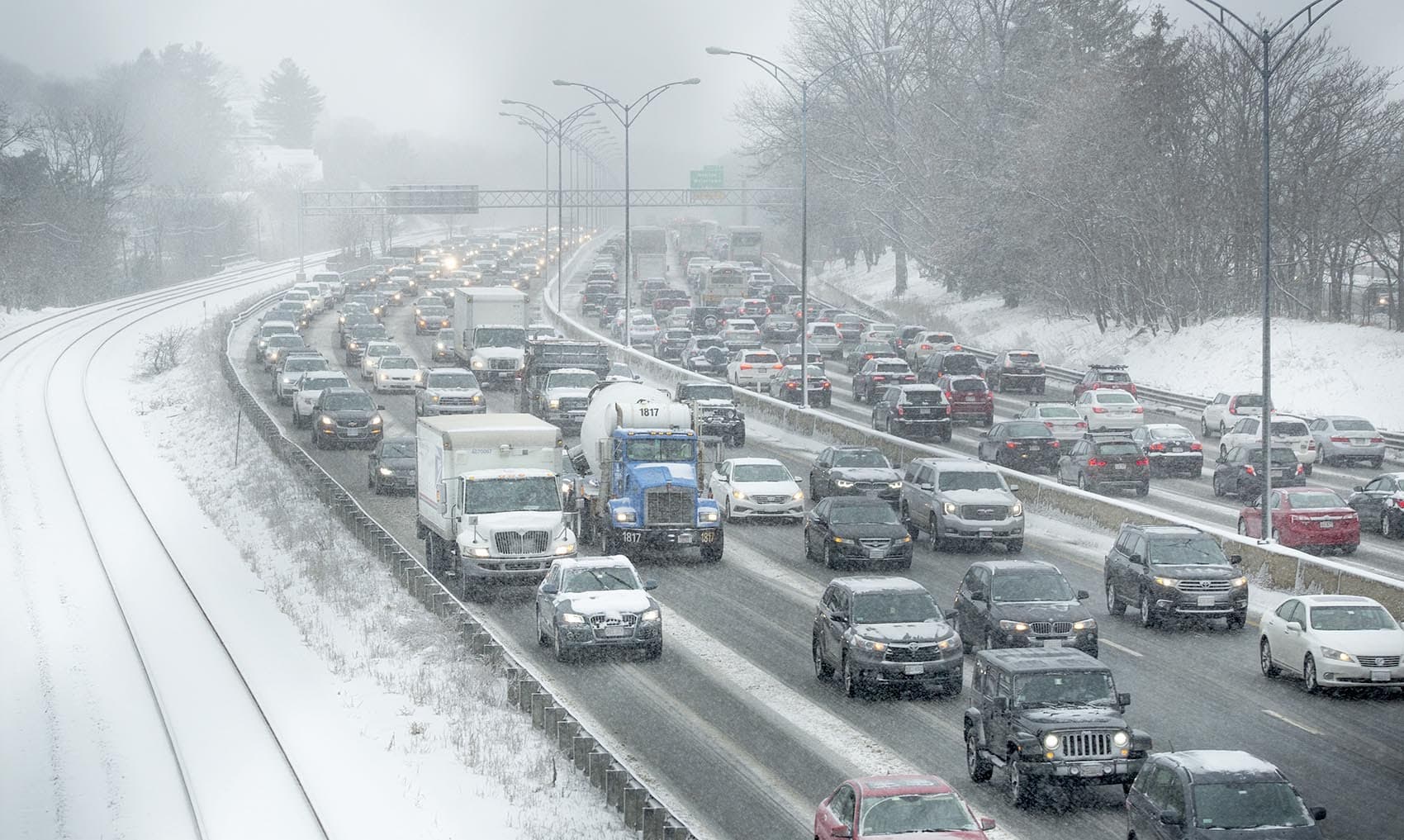
With January now behind us, it's time to think about February and what the weather may bring. The second month of the year often delivers some of the most intense storms of the winter (like the Blizzard of ‘78, 40 years ago). But February can also be a month in which there are a few signs of spring on the horizon.
A Quick Look Back
Early January continued the very cold that arrived on Christmas, but interestingly we made up a lot of temperature ground, without much more arctic air, the rest of the month. The month began snowy but with very few events thereafter. Post the nor'easter on Jan. 4, there were just a few scattered snow days, all of which stayed under 3 inches of snow — at least in Boston. In the end, the month was snowier and a bit colder than average, but more in the middle of the pack as Januarys go.
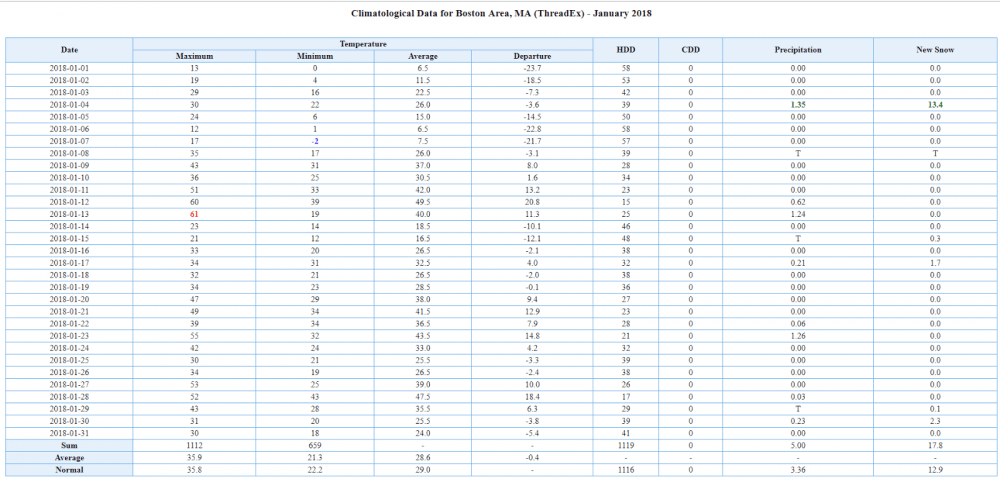
Into February
The computer models are all consistently forecasting a buildup of arctic air this month, but are inconsistent on where this cold air ends up flowing. As arctic air enters the lower latitudes, it contains a lot of potential energy when it reaches the coastline, where there's often plenty of moisture and some warmer air lurking. The ultimate storm tract of February determines whether any low-pressure systems build into major storms, or just innocuously move through the area. The upper flow also will drive who gets the arctic air — it could be New England, but it could also flow onto the other side of the planet more into, say, the Baltic region.
Multiple Chances Of Storms
It looks to me like we're definitely going to be in an active pattern — one in which there are several opportunities for precipitation events in these first couple of weeks of the month.
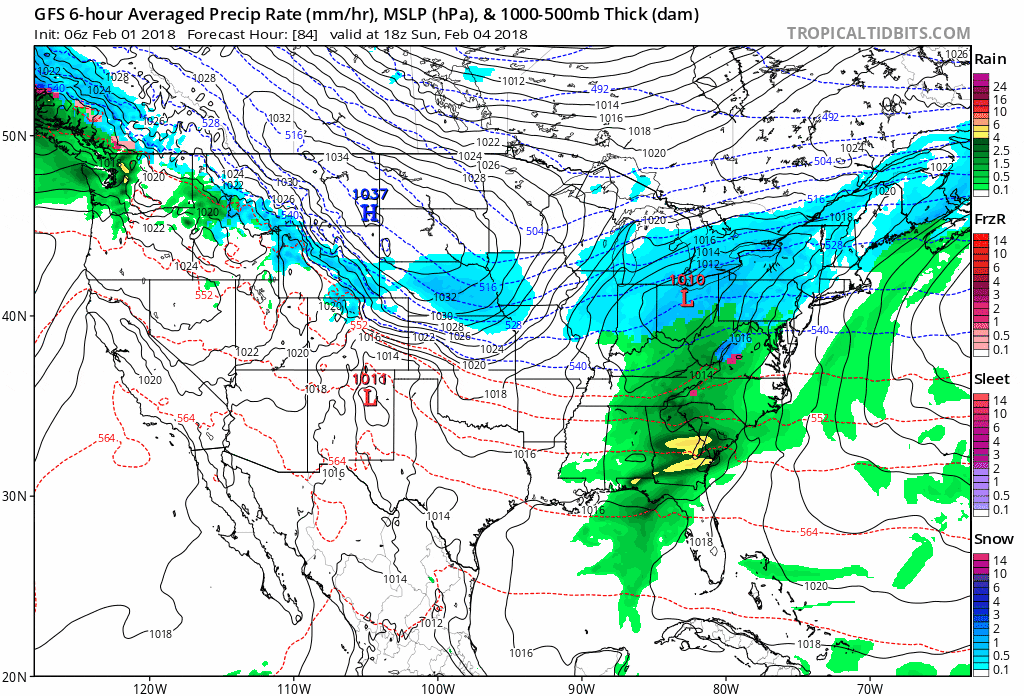
The big question will be: Do the storms stay just offshore, allowing enough cold air across the area for snow, or are they the types of storms that move inland and allow the warm air to bring more rain than snow? These types of details are not able to be predicted weeks in advance; they are hard enough to predict just a couple of days before an actual storm.
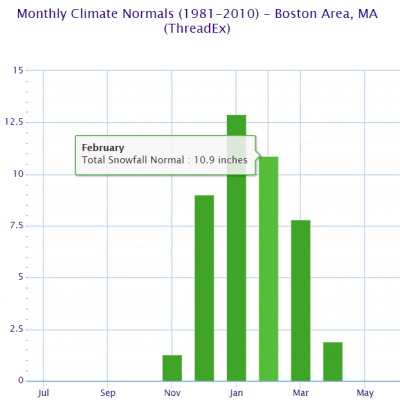
So far this winter we've had about 27 inches of snow. This is close to where you would expect snowfall to be at this point in the winter, and even if it never snowed another inch it would not even be close to one of the least snowy winters we’ve had.
Confidence In The Forecast
You don’t need me to tell you the rest of winter could be very cold and snowy. However, many of the factors around the globe point toward a more typical February and March, rather than extremes on either end of the spectrum.
Longer-Range Odds
The forecast is based on probability and none of it is 100 percent in either direction. Even if the probability of a snowy February is 60 percent, that still leaves 40 percent probability that it won't be snowier than average.
A lot of this is fun to think about and I like to call it scientifically educated guesswork because there is still so much about the atmosphere we don't know and making predictions more than a few days in advance can at times be quite fallible.
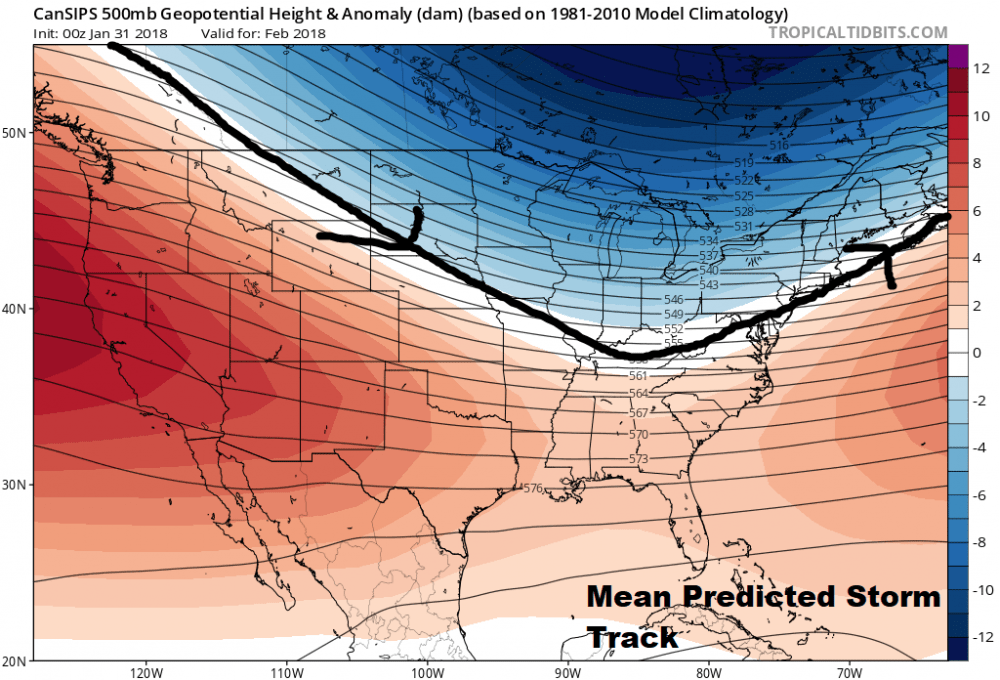
Signs Of Spring In Winter
I mentioned that there are signs of spring and one of them is the fact that this week daylight will now reach over 10 hours per day. This amount of daylight begins to signal to plants and animals to respond, and the buds will actually begin to transition slowly over the next several weeks, and some plants like witch hazels will even bloom.
Between now and the middle of the month you'll also notice the birds starting to sing differently in the morning. The songs are one of the earlier harbingers of spring and something I love to hear this time of the year.
